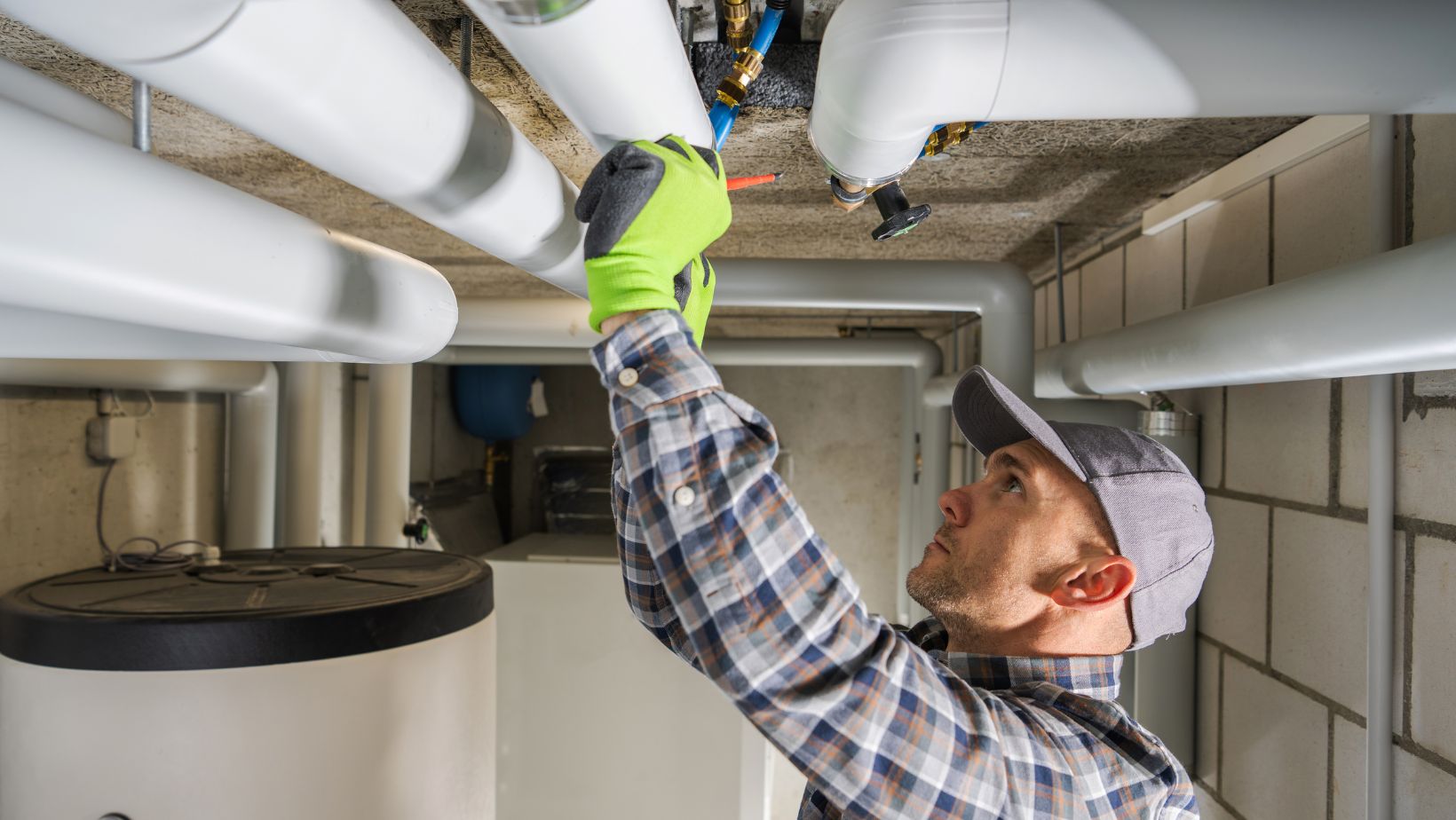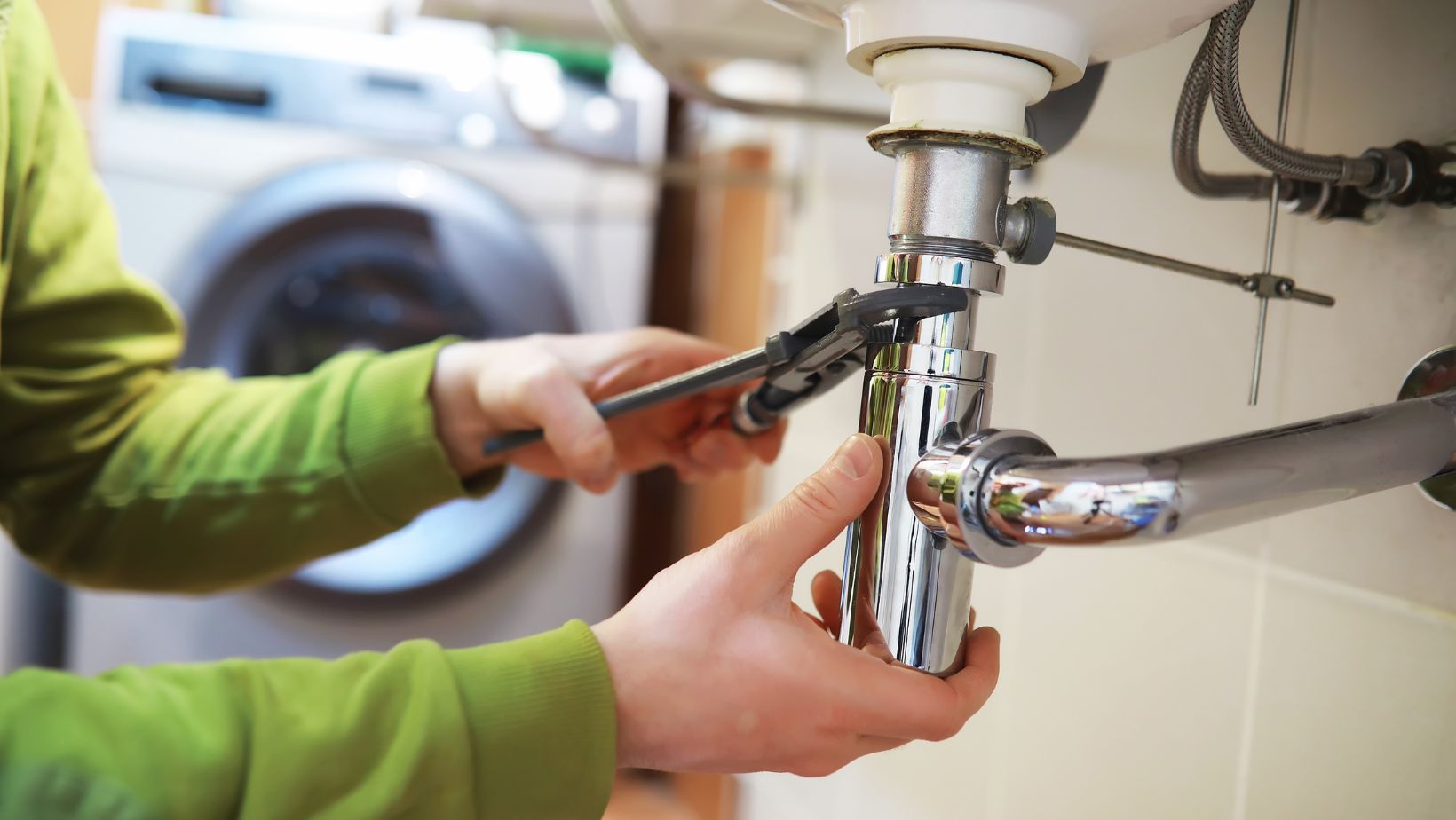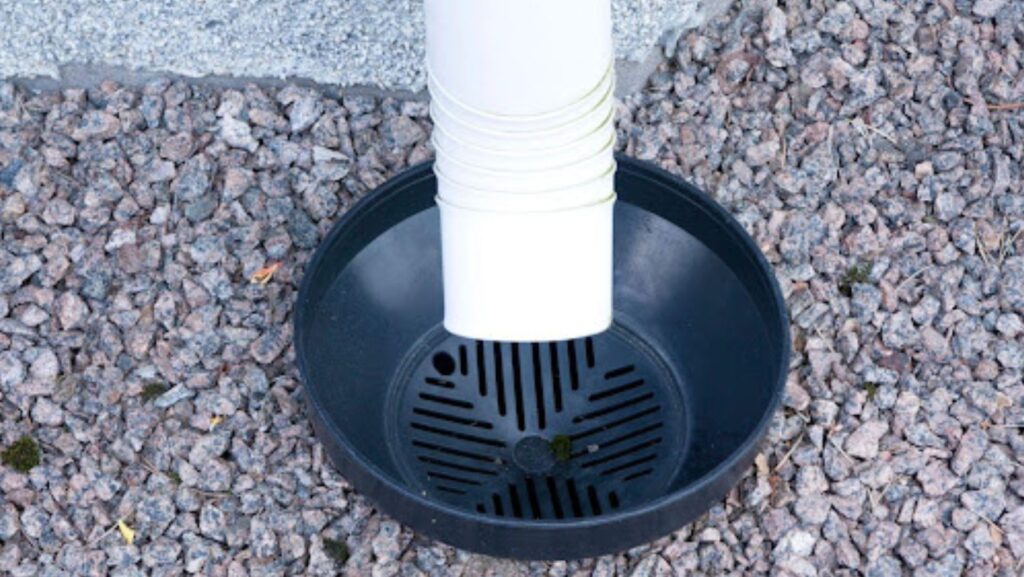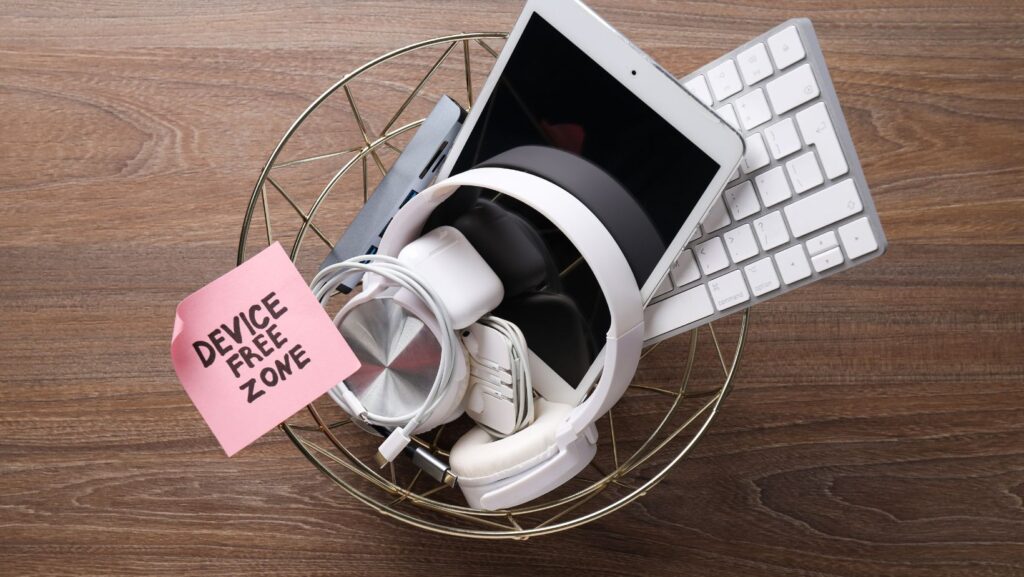Home plumbing maintenance is not just crucial for convenience, but also for preventing costly and chaotic emergencies. Many homeowners face common plumbing issues such as leaks, clogged drains, and inconsistent water pressure. These problems can often be mitigated or avoided altogether with regular DIY maintenance. This article provides essential tips for understanding home plumbing systems, conducting routine inspections, using basic tools, and more, ensuring the home’s plumbing remains efficient and trouble-free.
Understanding Your Home Plumbing System
A solid grasp of your home’s plumbing system is the first step toward effective maintenance. The plumbing system comprises various components, including the pipes, fixtures, and appliances that facilitate water flow and waste removal. The main water supply line brings water into the home while the drainage system expels wastewater.
Knowing the location of shut-off valves is critical. In case of a leak or burst pipe, quickly turning off the water supply can prevent severe water damage. Typically, there are separate valves for each fixture, like sinks and toilets, in addition to a main shut-off valve for the entire house.
Familiarising yourself with the plumbing layout is equally important. Diagrams and maps of the plumbing system, which might be in the home’s building plans, can be incredibly useful. Understanding where pipes run can help diagnose problems and plan any future upgrades or repairs.
Routine Plumbing Inspections to Prevent Major Issues
Regular inspections are vital in preventing minor issues from escalating into major problems. Start by visually inspecting exposed pipes for signs of leaks, moisture, or corrosion. Even a small drip can indicate a looming issue, highlighting the importance of drain upkeep in maintaining the overall health of your plumbing system.
Checking the water pressure is another key task. Low water pressure can be a sign of a leak or build-up in the pipes. Conversely, excessively high pressure can strain the pipes and fixtures, leading to leaks and damage. Water pressure gauges, which attach to faucets, can help monitor this accurately.

It’s also wise to examine faucets and showerheads regularly. Drips and leaks not only waste water but can also be a sign of worn-out parts that need replacing. During seasonal changes, especially in autumn and spring, comprehensive inspections are conducted. Look for cracks in pipes, rust, and any changes that appear in the plumbing system’s performance.
Basic Tools Every Homeowner Should Have
Tackling plumbing issues requires some essential tools. A plunger is indispensable for its ability to unblock sinks and toilets efficiently. Pipe wrenches are useful for gripping and turning pipes and fittings, while a basin wrench helps access nuts hard to reach behind sinks.
A plumber’s tape, also known as Teflon tape, is crucial for sealing pipe threads and preventing leaks. An adjustable wrench, which can fit various fixtures, and a plumber’s snake, for dealing with tough clogs, should also be part of your toolkit. Ensuring these tools are used correctly and safely is vital. For instance, when using a pipe wrench, always hold it perpendicular to the pipe to prevent slipping and potential injury.
Having a dedicated toolbox for plumbing repairs ensures these tools are organized and easily accessible when needed. This saves valuable time in emergencies and routine maintenance.
Effective Methods for Unclogging Drains
Preventing clogs is often easier than addressing them. Avoiding putting grease, hair, and food particles down the drain goes a long way in maintaining clear pipes. Installing drain guards can also catch debris before it enters the plumbing system.
For minor clogs, natural remedies like a mixture of baking soda and vinegar can be very effective. Pouring down half a cup of baking soda followed by half a cup of vinegar can help dissolve minor blockages. Let it sit for an hour before flushing with hot water.
A plunger, while not glamorous, works wonders for many clogs. Different plungers cater to sinks and toilets, so using the right one matters. For more stubborn clogs, a plumber’s snake might be necessary. Insert it into the drain and rotate it to break up the blockage.

Chemical drain cleaners can be used as a last resort due to their caustic nature, which can damage pipes over time. Always follow the manufacturer’s instructions and use appropriate safety gear, including gloves and goggles.
Tips for Preventing Frozen Pipes in Winter
Winter poses a unique set of plumbing challenges, with freezing pipes being a major concern. Insulating vulnerable pipes is one of the best preventive measures. Foam pipe insulation, which is affordable and easy to install, can keep pipes warm as part of overall plumbing care.
Keeping your home heated even when you’re away prevents the temperature from dropping too low. Allowing faucets to drip slightly during cold snaps can also prevent water from freezing in the pipes. Running water, even at a trickle, helps avoid ice blockages.
If pipes do freeze, turn off the water supply immediately and attempt to thaw them using a hair dryer or heating pad, starting from the faucet end. Avoid open flames or heat guns, as they can damage pipes or cause fires.
Long-term solutions include relocating exposed pipes to warmer areas or installing heat tape, which electronically heats pipes.
When to Call a Professional Plumber
Despite your best efforts, some situations necessitate professional help. Persistent low water pressure, repeated blockages, or visible water damage are indicators that something serious might be afoot. Attempting complex repairs without the proper knowledge can lead to further damage and costlier repairs in the long run.
Choosing a reliable plumber involves checking credentials, reading reviews, and asking for recommendations. Getting multiple quotes can also help ensure fair pricing. While professional services can be more costly upfront, they often save money in the long run by preventing recurring issues and ensuring repairs are done correctly.
Conclusion
In conclusion, maintaining a home’s plumbing system is not as daunting as it might seem. Regular inspections, understanding the basics of the plumbing layout, and having the right tools can go a long way in preventing major issues. Simple tasks like checking for leaks, maintaining water pressure, and unclogging drains can save both time and money.
Furthermore, preventing frozen pipes in winter ensures the system’s integrity year-round. While DIY maintenance is valuable, recognizing when to call in a professional can prevent unnecessary mishaps and expenses.
By integrating these essential tips into regular home care routines, homeowners can enjoy efficient, trouble-free plumbing, combining DIY efforts with professional assistance when needed for optimal results.



